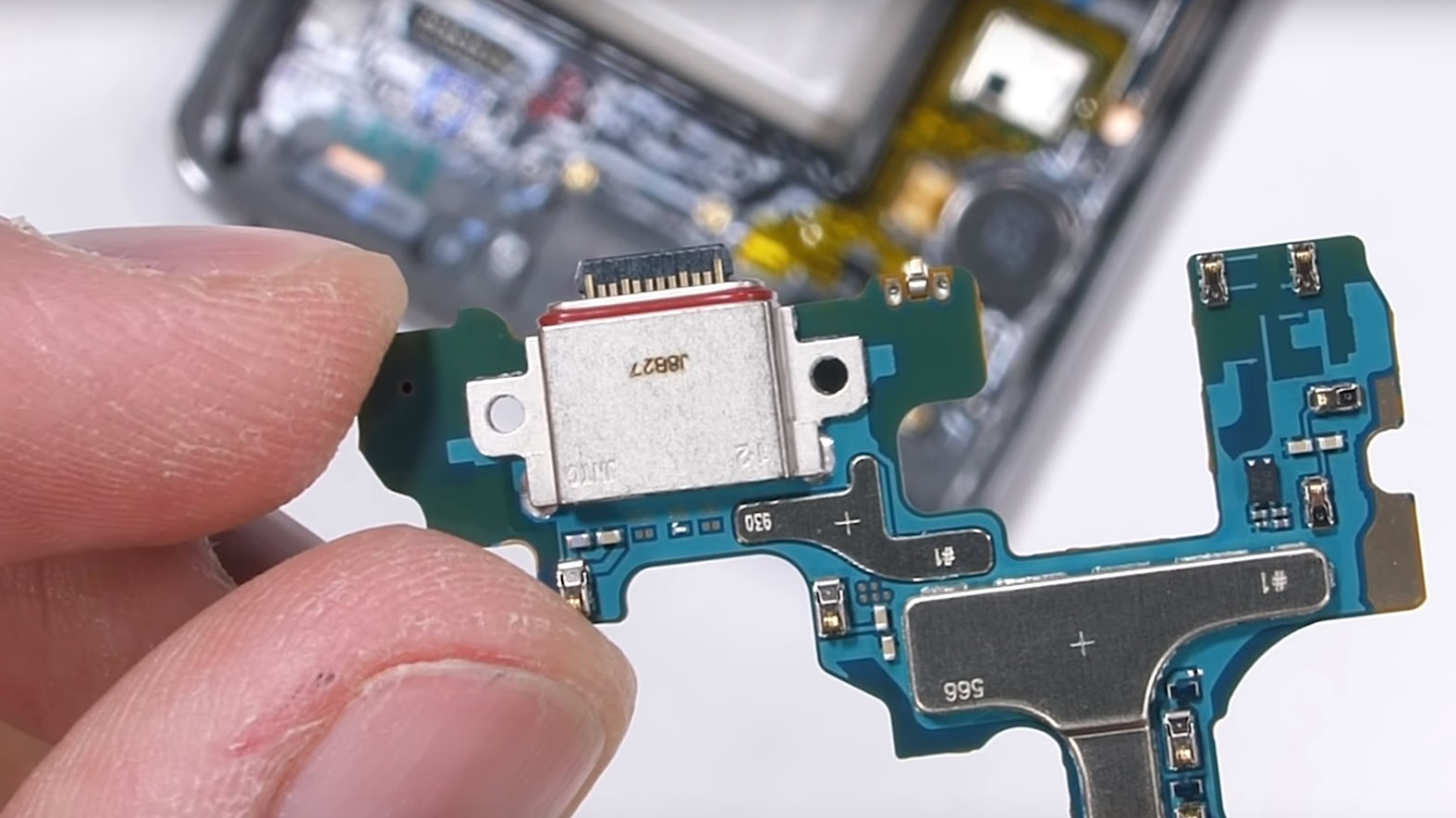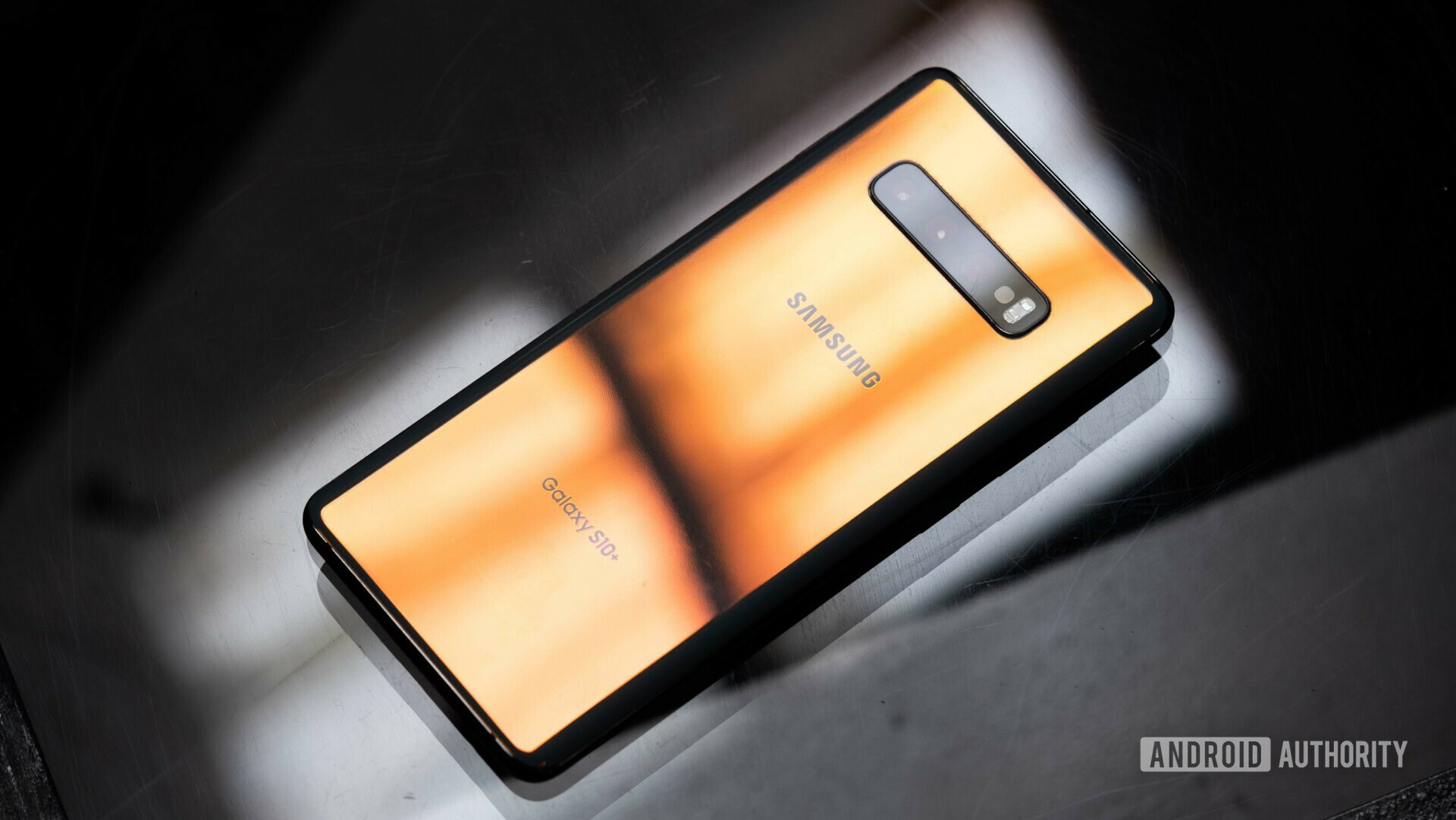Affiliate links on Android Authority may earn us a commission. Learn more.
Galaxy S10 teardown reveals Samsung shameful USB-C port soldering

Popular DIY YouTuber Jerry Rig Everything just posted the Samsung Galaxy S10 teardown video. While it’s a little painful to watch such an expensive device run through JRE’s torture, the teardown does reveal some interesting aspects of the latest Samsung superphone.
If you’re just interested in watching the video, you can check it out below.
However, if you’re just interested in the highlights, keep reading!
Right from the get-go, opening the Samsung Galaxy S10 is a real pain. Much like other all-glass phones, you need to use a heat gun to loosen up all the adhesive before you separate the “glass sandwich.” However, this practice is becoming very common, so it isn’t that surprising.
One thing that really riles JRE up, though, is when he pulls the motherboard out. Unfortunately, Samsung decided to permanently solder the USB-C port to the motherboard itself. Normally, replacing a faulty USB-C port would cost you all of $15, but since it’s permanently stuck to the motherboard here, that repair becomes basically impossible. You’d have to buy a whole replacement motherboard to fix a faulty USB-C port now.

Going deeper, JRE finds another repairability nightmare, which is the ultrasonic in-display fingerprint sensor. The sensor itself is inaccessible without removing the screen, a procedure which will almost always result in breakage. Sure enough, after he accesses the sensor to have a look at it, the display no longer works. This means that if your fingerprint sensor goes awry in your Galaxy S10, you’ll need a whole new screen, not just a new sensor.
While right-to-repair activists are gaining a lot of ground, there are clearly a lot of decisions still being made by OEMs specifically to counter repairability. The USB-C port here is a perfect example of how something could have been designed modular like every other Samsung Galaxy phone but wasn’t. It’s very disappointing.
What do you think? Do you care about repairability with your smartphones? Let us know in the comments.
NEXT: Samsung Galaxy S10 smashes DisplayMate records, gets highest ever A+ grade